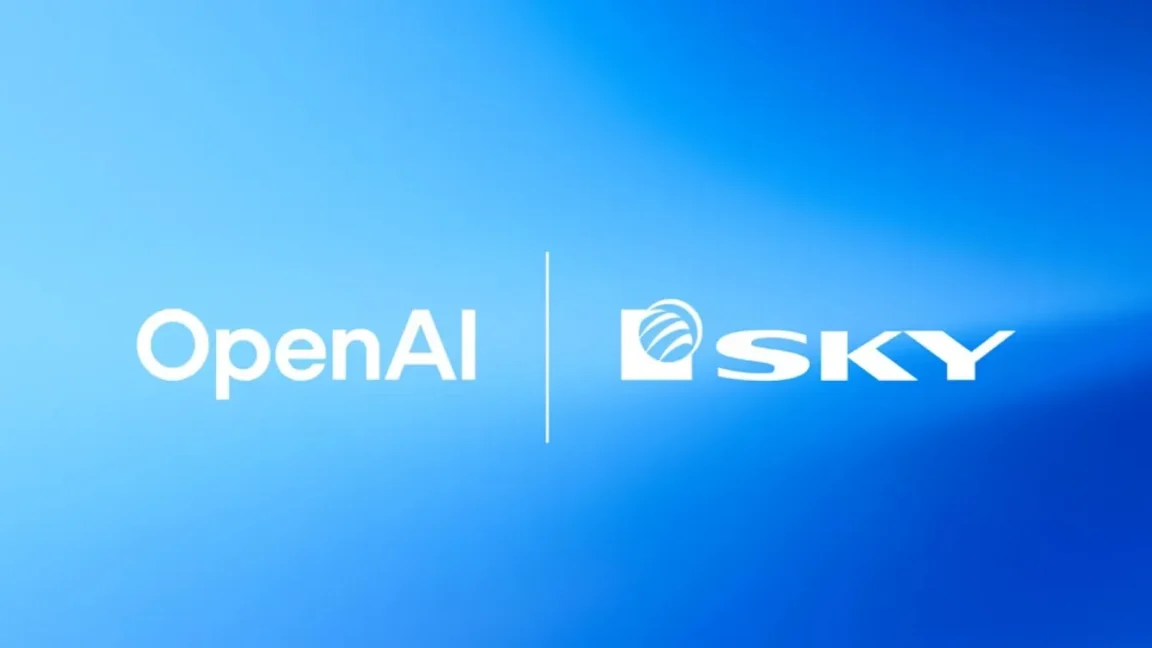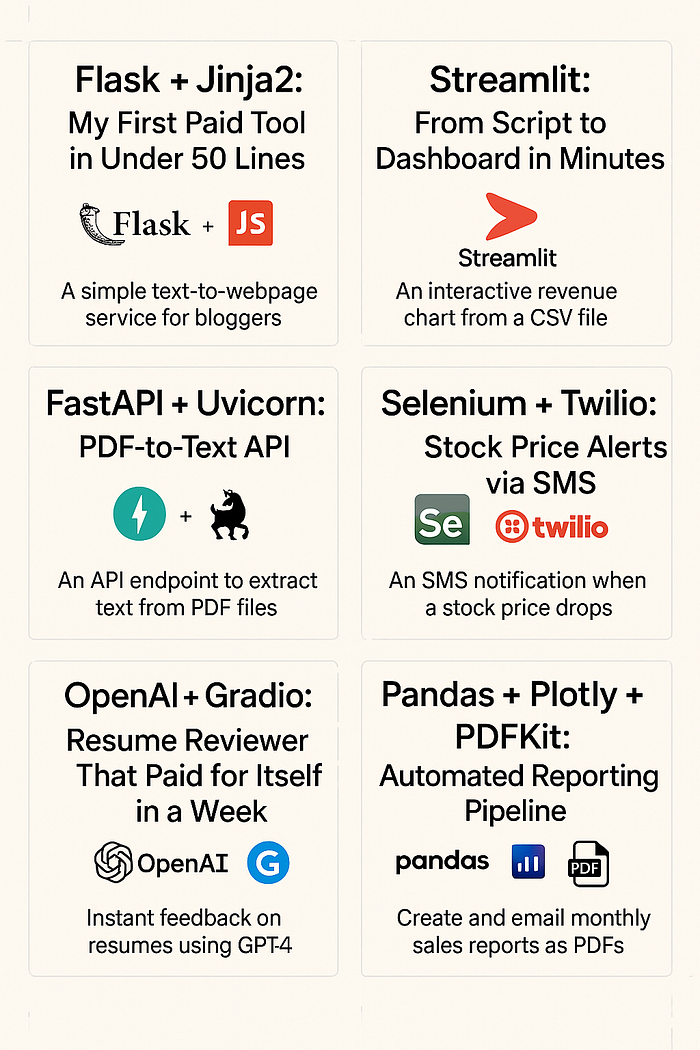Introduction to AI Phishing
The rise of Artificial Intelligence (AI) has transformed the way we live and work, but it also brings new threats. Recently, Reuters published a joint experiment with Harvard, where they asked popular AI chatbots to craft the “perfect phishing email.” The generated emails were then sent to 108 volunteers, of whom 11% clicked on the malicious links. This experiment highlights the severity of the threat posed by AI-powered phishing attacks.
The Emergence of AI Phishing as a Major Threat
One major driver of AI phishing is the rise of Phishing-as-a-Service (PhaaS). Dark web platforms like Lighthouse and Lucid offer subscription-based kits that allow low-skilled criminals to launch sophisticated campaigns. Recent reports suggest that these services have generated more than 17,500 phishing domains in 74 countries, targeting hundreds of global brands. In just 30 seconds, criminals can spin up cloned login portals for services like Okta, Google, or Microsoft that are virtually the same as the real thing.
How AI Phishing Works
At the same time, generative AI tools allow criminals to craft convincing and personalized phishing emails in seconds. The emails aren’t generic spam. By scraping data from LinkedIn, websites, or past breaches, AI tools create messages that mirror real business context, enticing the most careful employees to click. The technology is also fueling a boom in deepfake audio and video phishing. Over the past decade, deepfake-related attacks have increased by 1,000%. Criminals typically impersonate CEOs, family members, and trusted colleagues over communication channels like Zoom, WhatsApp, and Teams.
Traditional Defences Aren’t Getting it Done
Signature-based detection used by traditional email filters is insufficient against AI-powered phishing. Threat actors can easily rotate their infrastructure, including domains, subject lines, and other unique variations that slip past static security measures. Once the phish makes it to the inbox, it’s now up to the employee to decide whether to trust it. Unfortunately, given how convincing today’s AI phishing emails are, chances are that even a well-trained employee will eventually make a mistake.
The Scale of the Threat
The sophistication of phishing campaigns may not be the main threat. The sheer scale of the attacks is what is most worrying. Criminals can now launch thousands of new domains and cloned sites in a matter of hours. Even if one wave is taken down, another quickly replaces it, ensuring a constant stream of fresh threats. It’s a perfect AI storm that requires a more strategic approach to deal with. What worked against yesterday’s crude phishing attempts is no match for the sheer scale and sophistication of modern campaigns.
Key Strategies for AI Phishing Detection
As cybersecurity experts and governing bodies often advise, a multi-layer approach is best for everything cybersecurity, including detecting AI phishing attacks. The first line of defense is better threat analysis. Rather than static filters that rely on potentially outdated threat intelligence, NLP models trained on legitimate communication patterns can catch subtle deviations in tone, phrasing, or structure that a trained human might miss.
Employee Security Awareness
But no amount of automation can replace the value of employee security awareness. It’s very likely that some AI phishing emails will eventually find their way to the inbox, so having a well-trained workforce is necessary for detection. There are many methods for security awareness training. Simulation-based training is the most effective, because it keeps employees prepared for what AI phishing actually looks like. Modern simulations go beyond simple “spot the typo” training. They mirror real campaigns tied to the user’s role so that employees are prepared for the exact type of attacks they are most likely to face.
User and Entity Behaviour Analytics
The final layer of defense is UEBA (User and Entity Behaviour Analytics), which ensures that a successful phishing attempt doesn’t result in a full-scale compromise. UEBA systems detect unusual user or system activities to warn defenders about a potential intrusion. Usually, this is in the form of an alert, perhaps about a login from an unexpected location, or unusual mailbox changes that aren’t in line with IT policy.
Conclusion
AI is advancing and scaling phishing to levels that can easily overwhelm or bypass traditional defenses. Heading into 2026, organizations must prioritize AI-driven detection, continuous monitoring, and realistic simulation training. Success will depend on combining advanced technology with human readiness. Those that can strike this balance are well-positioned to be more resilient as phishing attacks continue to evolve with AI.
FAQs
- What is AI phishing?
AI phishing refers to the use of artificial intelligence to craft and send highly convincing and personalized phishing emails or messages. - How does AI phishing work?
AI phishing works by using generative AI tools to scrape data from various sources and create messages that mirror real business context, making them more convincing and enticing to employees. - What is Phishing-as-a-Service (PhaaS)?
PhaaS refers to dark web platforms that offer subscription-based kits for launching sophisticated phishing campaigns, allowing low-skilled criminals to launch attacks. - How can organizations protect themselves from AI phishing attacks?
Organizations can protect themselves by implementing a multi-layer approach, including better threat analysis, employee security awareness training, and User and Entity Behaviour Analytics (UEBA). - What is the importance of employee security awareness training?
Employee security awareness training is crucial in detecting and preventing AI phishing attacks, as it prepares employees to recognize and report suspicious activity, reducing the risk of a successful attack.











